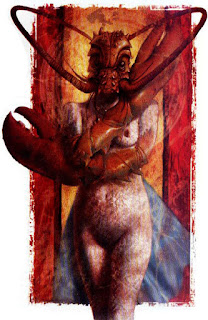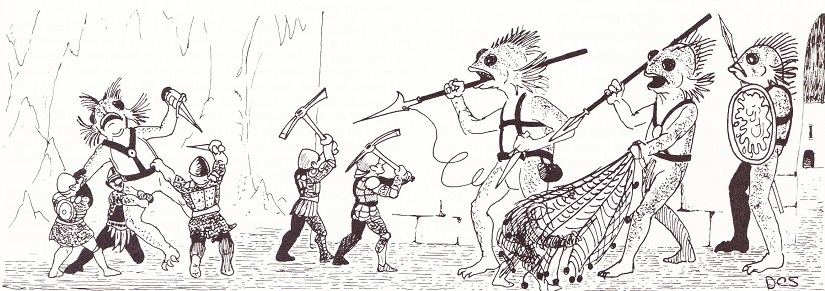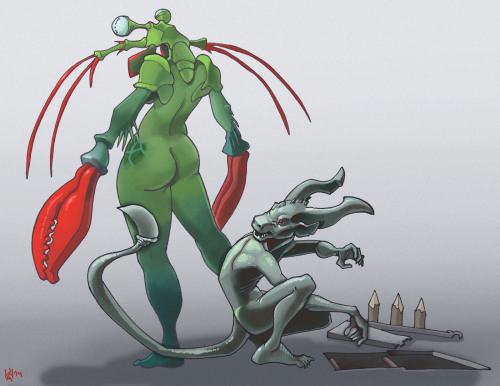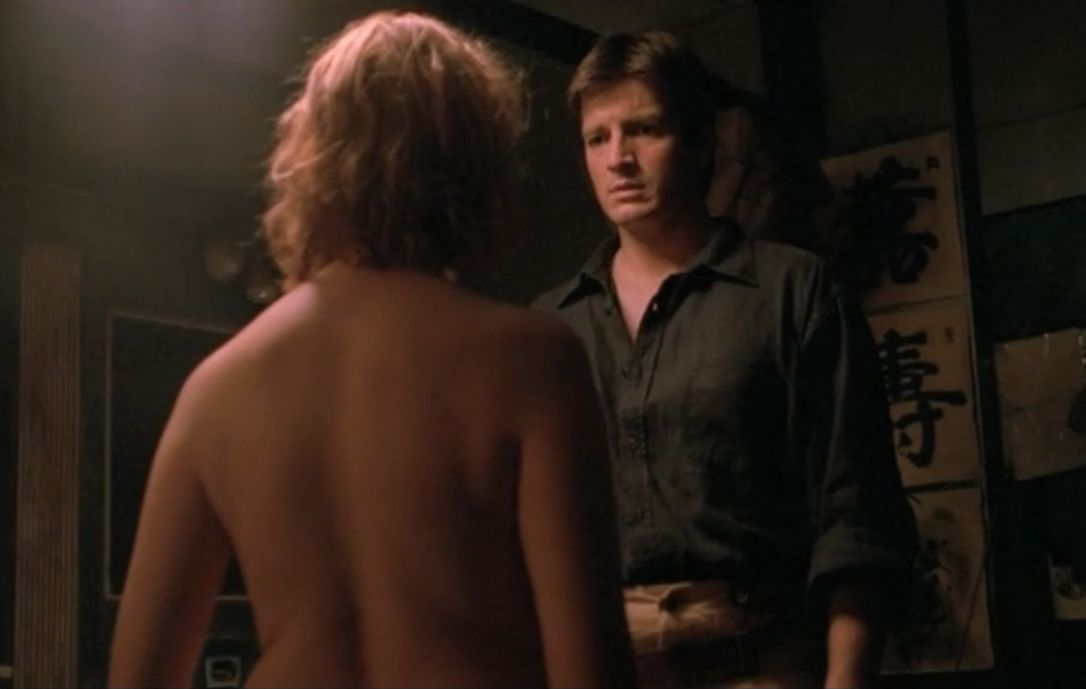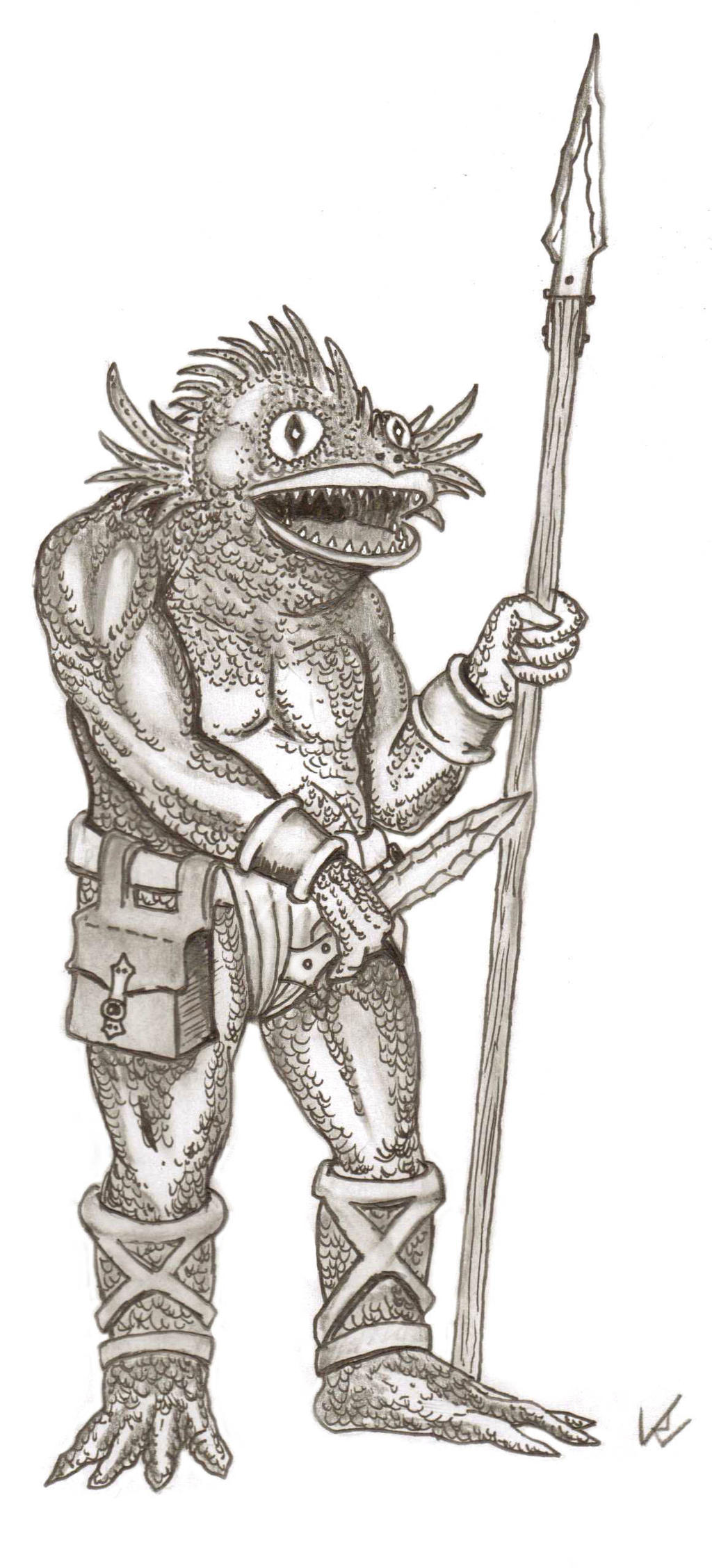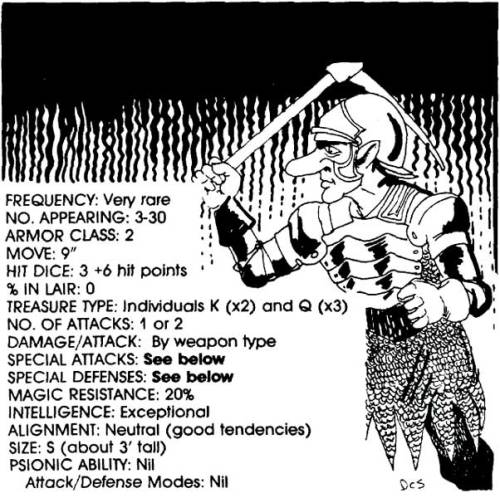[OSSR]D2: Shrine of the Kuo-Toa
Posted: Sun Aug 06, 2017 8:48 pm
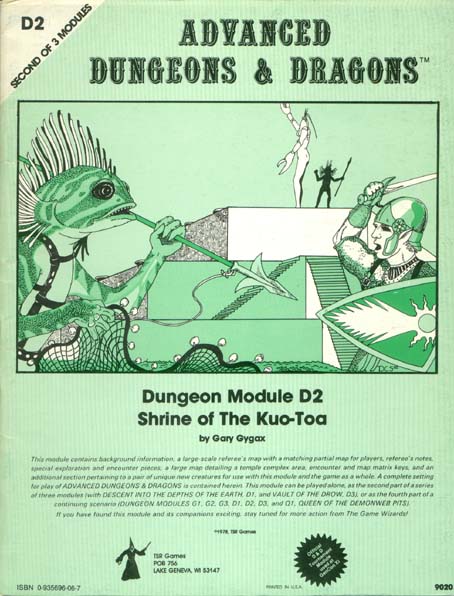
At this point, Dungeons & Dragons is so old that the critical literature on a 22-page module like this far exceeds the original pagelength. If you did an annotated, critical edition, it would probably be sixty pages, with an art retrospective, tie-ins to various products, commentary from various reviews, etc. It'll be hardcover, and part of a series that goes back and looks lovingly at the primitive fucking cartoons and reproduces the maps in three-dimensional computer graphics software. And one day, I predict, Dungeons & Dragons is going to be money-grubbing enough that they may well produce that book.This module contians background information, a large-scale referee's map with a matching partial map for players, referee's notes, special exploration and encounter pieces, a large map detailing a temple complex area, encounter and map matrix keys, an and additional section pertaining to a pair of unique new creatures for use with this module and the game as a whole. A complete setting for play of ADVANCED DUNGEONS & DRAGONS is contained herein. This module can be played along, as the second part of a series of three modules (with DESCENT INTO THE DEPTHS OF THE EARTH, D1, and VAULT OF THE DROW, D3), or as fourth part of a continuing scenario (DUNGEON MODULES G1, G2, G3, D1, D2, D3, and Q1, QUEEN OF THE DEMONWED PITS).
If you have found this module and its companions exciting, stay tuned for more action from The Game Wizards!

The G-series and D-series modules are classic mainly because...they were some of the first, and most commercially successful; they were printed and reprinted, and were the introduction of many gamers to the actual game of D&D. The format of the modules themselves informed how modules would be - and still are - written, right down to including new monsters, magic items, and other stuff not in the main rulebooks. And to an extant, they set the players and gamemaster's expectations for what various monsters looked and acted like for decades.
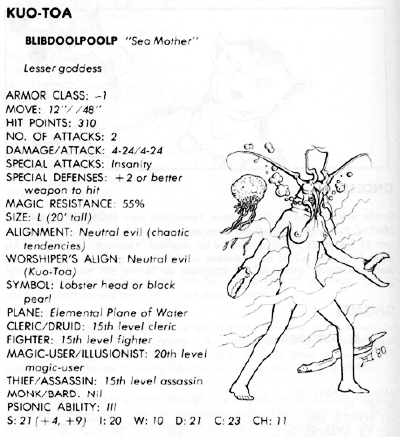
Also, lots of Lobster tits!
Background
There aren't chapters as such, but the scenario starts with a basic recap: after fighting some giants (G1-G2-G3), your band of adventurers find out that the giants were being inspired by the Drow, and you descend into the earth (D1), to fight some drow and mind-flayers and wererats and shit. The giant's map shows you have to cross an underground river and roll scene...
Okay, so this is a basic recap of the first adventures in this series; it doesn't give a better or alternative reason for you to be underground. It started out as a tournament module and Gary probably figured "You start in a cavern in the deep earth, you either go forward or you're a bunch of pussies." Which is part of the reason it does include the warning:
Okay, so "suggested for 6 players of levels 6-9, appropriate wealth-by-level" in d20 speak. The teleportation special rule is typical railroad tactic - and because 9th-level Magic-Users would be getting their first 5th level spell, and teleport was a 5th-level spell.If your group has not had the opportunity to adventure in these previous modules, you should caution them with respect to the following:
1. The party should have an average level of not less than 9th. figuring
multi-classed characters as 2 or 3 levels higher than the level of their
strongest class.
2. The expedition should number at least 6 and be balanced as to class,
with at least I magic-user and 1 cleric in a party of 6.
3. All members must be provided with magical items of offensive,
defensive and curative nature.
4. Inform your players that they can feel from the pressures and
magnetic forces prevailing in this weird underworld that teleportation
will most certainly not work, and short of use of a powerful wish, they
are committed to going and returning in the same manner-afoot and
braving the dangers of random monster encounters as well as the evil
inhabitants of certain areas.
5. If they do not wish to take a few risks, their characters should stay
”home” and become shopkeepers or farmers.
Then wish them luck!
Start
"Hex co-ordinate R20" sounds like gibberish but...uh, yeah, this uses hex maps. Whatever! It honestly doesn't matter that much, as far as the PCs are concerned. You're in a cave, go adventure.This module begins in the primary passage which runs northwest, just beyond the “Caverns and Warrens of the Troglodytes” (DUNGEON MODULE D1), hex co-ordinate R20 on the master map. The passageway is about 30’,wide-a sample section is included in the encounter piece map page. The rough walls are hewn straight in places, and there are cracks and gaps here and there. The floor of the tunnel is occasionally littered with stone-fallen stalactites and bits of ceiling, and the walls show natural collapsing of small sections. Many glowing lichens are common here, and fire beetles are less so. The floor is damp, the walls are wet, the air is chill. Absolute quiet prevails when the party ceases their echoing progress, but if silence is maintained for a time small twitterings, rustlings, and faint echoes from far distant can be heard-rats, bats, insects and other subterranean vermin, but what else? A vague air movement can also be felt when the explorers are still, a damp and musty-smelling current moving ever downward along the route the party must follow in pursuit of the Drow. A new series of adventures lies just ahead . . .
There's a section called Notes for the Dungeon Master Only, which is weird because the entire book is for the DM only, so I guess this is just info you're not supposed to share with the players, but again...it's DM's eyes only, so you'd think they would judge that on their own merits. Whatevs.
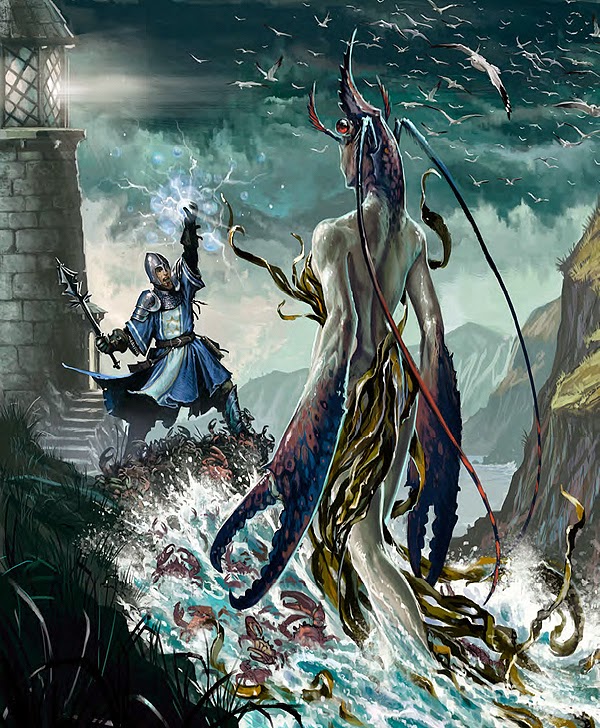
It mostly consists of details about movement and the environment, especially if the PCs decide to abandon the "main" tunnel and get off onto a secondary or tertiary path. The basic idea being that much of the underground (remember, it wasn't the Underdark yet!) consists of mostly-natural tunnels and caverns, some of which have been colonized or expanded by the things that live there.
Also, mules will not slow you down, for they are sure-footed. Paladin's horse, no comment. The basic idea here is that the dwarfs should ride the elves so as not to slow the party down.ASSUME THE MAXIMUM RATE OF TRAVEL IS 1 MILE (1 hex) PER DAY PER 1" OF BASIC MOVEMENT RATE OF THE SLOWEST MEMBER OF THE EXPEDITION,
Movement in AD&D 1st edition is fucked, and is measured (usually) in inches. The Player's Handbook doesn't mention racial modifiers to movement rates while the Monstrous Manual does so...you're going to be doing something between 6-12 miles per day underground. Looking forwards to the actual map, depending on which route(s) you take, that can get you through this module (the most direct route is about 36 hexes) in something like 3-6 days. If you get lost, go off on side quests (or the wrong tunnel), hit a random encounter that fucks you over, etc. this could potentially take longer.
Which is, I submit, not a bad thing. While it probably kills the pacing of a tournament module not to be able to "get through the dungeon" in a single session, I actually think it would work better for a party that is actually exploring to deal with issues of time and distance, to spread out the encounters a little, maybe to worry about logistics (although if you have a 9th-level cleric or druid in the party, presumably food and drink aren't major issues), give PCs a chance to heal a bit between encounters, etc.Camping for the night in a passageway (including a spur or room off of same) will incur a random monster check according to the passage type, but only 1 such check for a “normal” sleep period of 8 hours, unless the party simply flops down in the middle of the passage.
Tomorrow, we look at random encounter tables...




